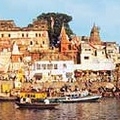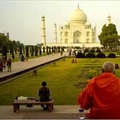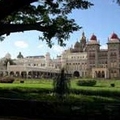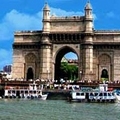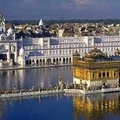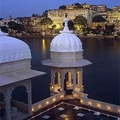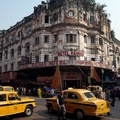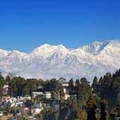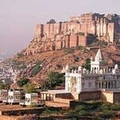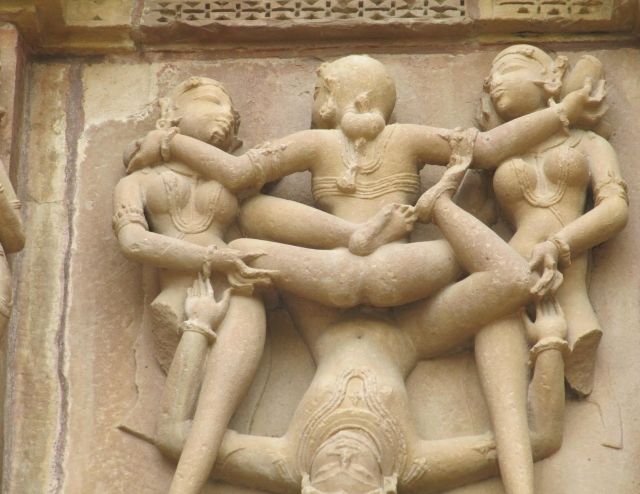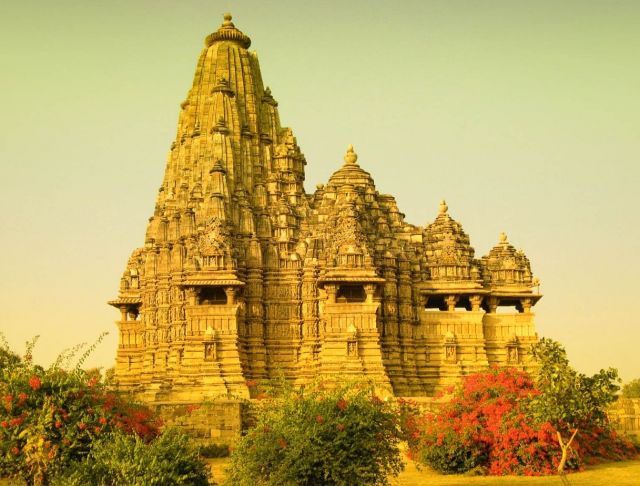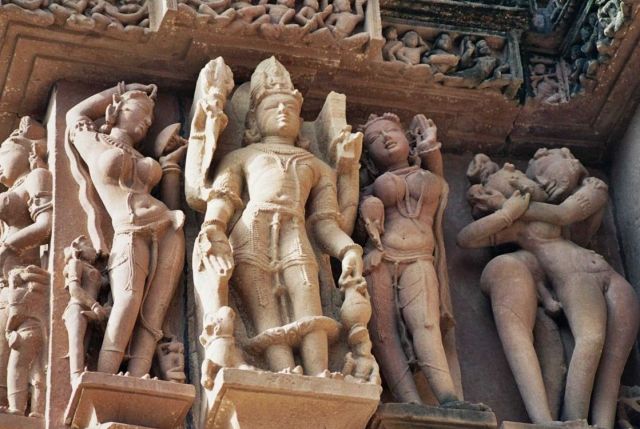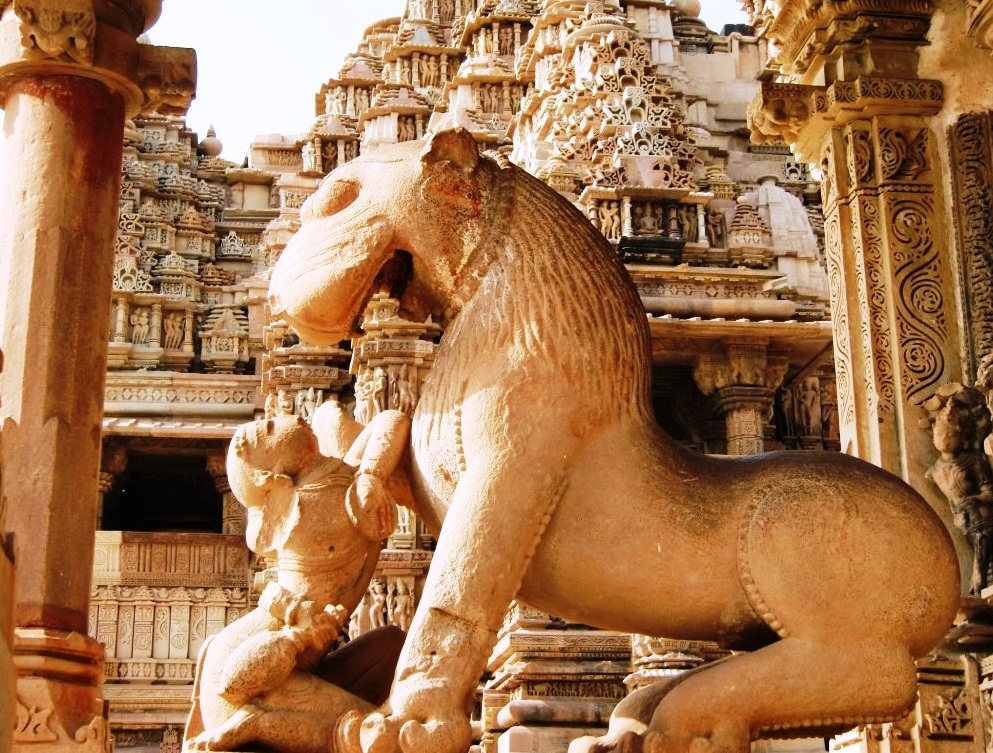Destinations / The Best Cities to Visit in India / Khajuraho - the origin of Kama Sutra
Khajuraho - the origin of Kama Sutra
Visit Khajuraho and make sure that the Kama Sutra actually originated in India. If the Taj Mahal monument is called love, Khajuraho can definitely be called a monument of sex. This small town in the heart of India's well known around the world of medieval Hindu and Jain temples and even more due to their erotic sculpture. Images of a sexual nature were the reason that the places of worship were referred to as temples of the Kama Sutra. Imbued with passion and sensuality, sex scenes on the walls of the temples are unique in the world. Today, these monuments are UNESCO World Heritage Site, in spite of the sinful nature of the erotic sculptures, almost as closely associated with India, as the famous Taj Mahal .
One day, the god of the moon Chandela saw a young girl bathing in the river Hemmavati. Her beauty struck God and he fell to the ground to tie the girl's passionate love affair. Before returning back to the kingdom of heaven, he promised that she would bear a son who will one day build a great temple, worthy of heavenly love. Thus was born the light of the founder of the Chandela dynasty, the powerful. Between 900 and 1100 the rulers of the dynasty, settled in the remote Khajuraho, built not one but 85 temples which had won later fame of some of the most magnificent places of worship in India. Each temple is covered with images of the rulers of Chandela dynasty, warriors, gods and goddesses, plants, animals and scenes of war, courtship, marriage, love, music and dance, spiritual exercises and meditation. Perfectly carved figures show that majority of ordinary people in everyday life: hunting, farming, eating, applying makeup, making love.
Chandela Dynasty ruled prior to the 13th century, gradually losing its power as a result of the repeated incursions of Afghan invaders. When the famous Arab traveler and merchant, Ibn Batuta visited the area in 1335, he wrote that the famous cultural capital of the Chandel was lost in the jungle. Vines and ferns surrounding the jungle covered the temples of Khajuraho with its leaves and hid from the view the monuments of Muslim invaders, preventing precious bas-reliefs from the inevitable looting and destruction. Only when a British military engineer TS Burt wrote a report on the visit Khajuraho in 1838, these architectural gems have been re-opened to the world. In its report to the Royal Asiatic community of Great Britain and Ireland, Bert admired the beautiful and the exquisite work of the masters, but warned his readers that some sculptors have gone beyond the bounds of decency. "In fact, some of the sculptures are extremely indecent and offensive," he wrote, exclaiming, what religion can allow such "shameful images, profane sacred temples."
Religious buildings were again wrested from the wilderness and in the early 20th century, archaeological excavations began. Time has not spared a lot of places of worship. Of the 85 temples built, only 25 remained. All of them are divided into western, eastern and southern groups according to their geographical location. The southern group is particularly attractive, it looks at sunset against the backdrop of the Vindhya mountains. The eastern group consists mainly of Jain temples. The most famous erotic scenes of the western group is the main attraction for foreign tourists. Consisting of eight churches, it was built at a time when the dynasty of Chandela was at its peak. In the construction was used sandstone extracted from the banks of the River Ken, 30 km from Khajuraho. The builders did not use solution: the stones were fastened to each other with grooves and spikes, held together by gravity. According to the tourist guides, stone reliefs depict the everyday life of India in the 11th century. In this regard, the following conclusions: first, everyday life in India in the 11th century, looked great, and secondly, people spent much of their time making love.
The sex scenes are not unusual in Hindu and Buddhist iconography. These images can be found in the ancient temples in many places, the Indian subcontinent. But why so much sex? Why places of worship have more in common with these orgies of sex, than the holy temple? No one could not clearly explain why, in Khajuraho is a wide variety of sexual images than in any other Hindu temple. Like many other things, sexual abundance on the walls of the temple remains a mystery. One of the most popular theories is that the carvings depict the everyday lives of people and sex scenes are only one aspect of it. This may explain why the panel is represented by one pair having sex on one end and the other two women threshed grain. Unusually among the temples of Khajuraho is the temple of Parvati, which has three domes, one in the form of the minaret of the mosque, the other - a square tiered Buddhist pagoda and the third - the tower of a Hindu temple. Built after all, the church demonstrates the essence of the unity of all religions. For many people, Khajuraho is synonymous with the Indian temple with erotic scenes. But the country which gave the world a treatise on love, "Kamasutra", does not consider a liberal society. Sex is seen as taboo. The girls have to hide the body, even while swimming at the beach, marriages by prior arrangement (parents of the future bride looking for a bride in advance for their son, agreed with the parents of the girl, but from almost nothing of the young independent), practiced the division of seats for women and men which is especially noticeable in the temples: the stronger sex prays separately from the weak. And here is ...
The most interesting feature of the temples of Khajuraho is the fact that they preceded the Renaissance, which is usually associated with the development of free-thinking men, clearing the mind of the Middle Ages, largely ecclesiastical limitations in art. The wives and courtesans, the gods and goddesses, rulers and dignitaries gracing the magnificent temples of Khajuraho, exude a free thinking, warmth and sensuality. The sex scenes are depicted beautifully, sexy and elegant. The bas-reliefs are among the finest sculptures of India. The spiritual significance, a complex architecture and sculpture transformed into a quiet tourist mecca of Khajuraho in India, along with such famous landmarks as the Taj Mahal and Varanasi .
The influx of tourists prompted the authorities to build a small airport. Flights take place from Mumbai , Varanasi and the capital Delhi . Walking through the small Khajuraho, you will soon find yourself surrounded by vendors offering the "best price" on everything from trinkets to the Kama Sutra bronze antiques. Because of this business the local population was able to significantly raise the level of their welfare. The best time to visit is in March, when the festival of the Indian classical dance takes place. All those who had the good fortune to come here will be a long time to admire the beautiful architecture and the sculptures of Khajuraho temples.
Write your Review on Khajuraho - the origin of Kama Sutra and become the best user of Bestourism.com
Others The Best Cities to Visit in India .
Maps of Khajuraho - the origin of Kama Sutra
map IndiaOthers from The Best Cities to Visit in India
You can stay at different hotels and chalets in India, which are available in abundance.
You can even opt for holiday rentals apartments which can be found in all towns.
There are various holiday villas in many cities to promote tourism.
Here, we present the top cities with landmark tourist spots as well.
Geographical position India is a country in South Asia.
India is the 7th place in the hierarchy of countries by area, second only to the number of inhabitants and democracy to most people.
Neighborhood India has a coastline with a length of seven thousand kilometers and the western border with Pakistan, Nepal, China, Bhutan and Bangladesh in the northeast and Mynmar in the east.
In the Indian Ocean, it is adjacent to Sri Lanka, Maldives and Indonesia.
The Relief India has three natural regions: the region of high mountains, Indo-Ganges Plain and the Deccan Plateau.
The region of high mountains in the north and northeast of the country comprises most of the Karakorum Mountains and part of the Himalaya Mountains.
High mountains covered with snow are persistent, there are many glaciers which are strongly fragmented by rivers.
Indo-Ganges is an alluvial plain, low and smooth.
The landscape is formed from the large Indian peninsular Deccan Plateau with sharp edges which are based on coastal plains.
The most important river of India is the Ganges.
Climate The climate of India is tropical monsoon with different shades, depending on the altitude and the available relief.
In the Northeast and in some areas protected from the wind very little precipitation falls on the Deccan Plateau, western slopes of Western Ghat region at the foot of Himalaya receive a large amount of precipitation.
Tourism Home of the Hindu civilization of the valley, the center of trade routes and vast empires, India has played a major role in the human history.
Brahmanism, Hinduism, Sikhism, Buddhism and janismul originated in India, while Islam and Christianity enjoy a rich tradition here.
Colonized as part of the British Empire in the nineteenth century, India gained independence in 1947 as a unified nation after sustained effort made in this direction.
Population, creatures,the geographical and climate system are among the most diverse in the world.
You may also remember that India is the home of pepper.

